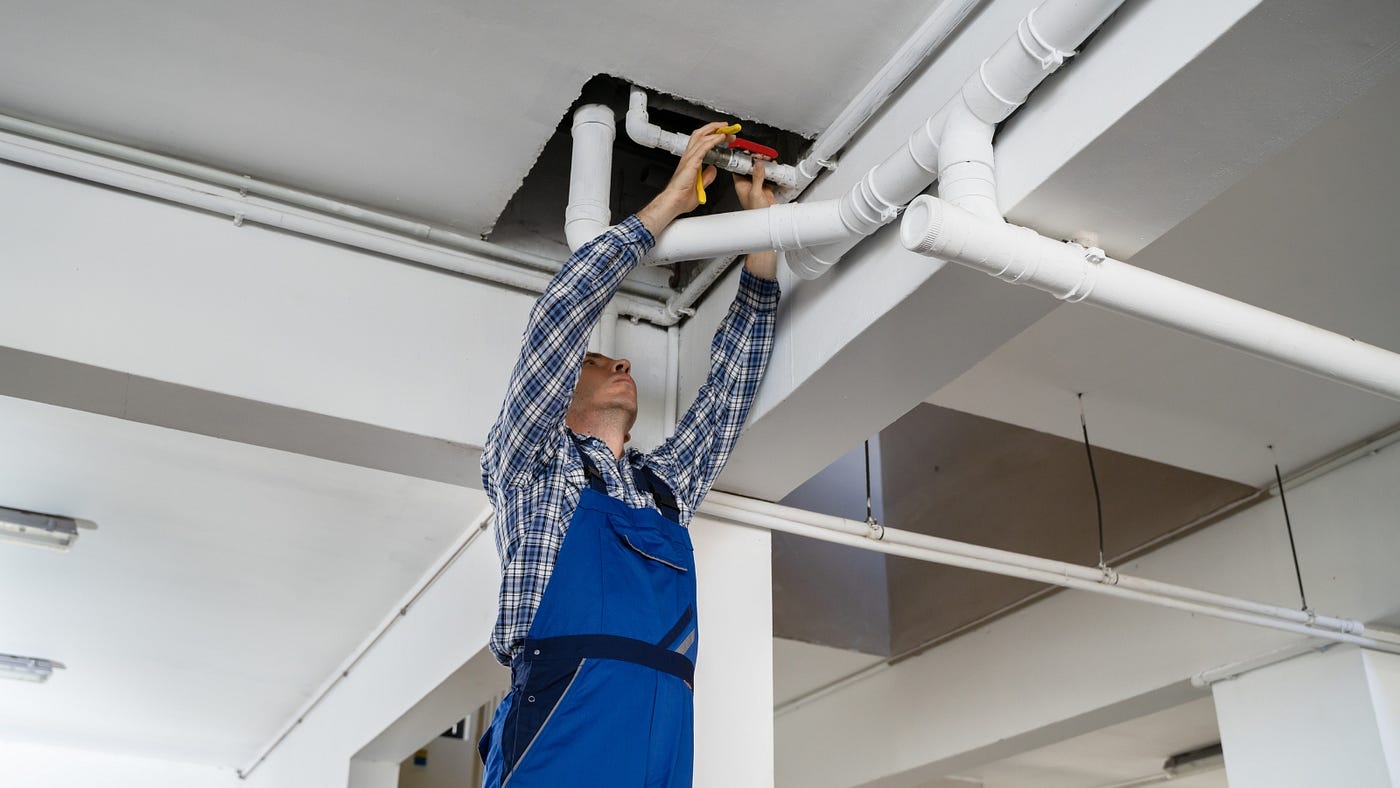Water damage can happen unexpectedly, whether from a burst pipe, a severe storm, or an overflowing appliance. Knowing how to respond promptly and effectively can mean the difference between minor repairs and major renovations. Here’s a comprehensive guide to managing water damage restoration and repair, ensuring your home returns to its pre-damage state as smoothly as possible.
React Quickly: Immediate Steps to Minimize Damage
When water damage occurs, time is of the essence. Acting quickly can help reduce the extent of the damage and prevent secondary issues such as mold growth.
1. Safety First
Before you start any cleanup, ensure that the affected area is safe. Turn off the electricity and avoid standing water, which could be electrically charged. Wear protective gear like gloves and boots to protect yourself from contaminants.
2. Stop the Water Source
Identify and stop the source of water. This could mean shutting off the main water valve, repairing a broken pipe, or addressing a leak. Stopping the water flow is crucial to prevent further damage.
3. Remove Excess Water
Use mops, buckets, and wet/dry vacuums to remove as much standing water as possible. Quick removal of excess water can significantly reduce damage and speed up the drying process.
4. Dry and Ventilate
Open windows and doors to promote airflow. Use fans and dehumidifiers to dry out the affected area. Proper ventilation is essential to prevent mold growth and further structural damage.
Professional Restoration: The Value of Expert Help
While initial steps can be handled by homeowners, professional water damage restoration services, such as san diego-based risk free serv, offer expertise and equipment that can make a significant difference in the outcome.
Benefits of Professional Services
Professional restoration companies have specialized tools and trained personnel to handle extensive water damage. They can provide thorough drying, dehumidification, and sanitization, ensuring your home is safe and dry.
Efficient Cleanup
Professionals use industrial-grade equipment like high-speed air movers and powerful dehumidifiers to remove moisture quickly. This reduces the risk of mold and structural damage.
Comprehensive Assessment
Restoration experts assess the extent of the damage, including hidden moisture in walls and floors. They can identify areas that need repair or replacement, ensuring no hidden issues are left untreated.
Prevent Mold Growth
Mold can begin to grow within 24-48 hours of water exposure. Professionals use antimicrobial treatments to prevent mold growth, protecting your health and home.
Fun Fact:
Did you know that some professional water restoration services use infrared cameras to detect moisture behind walls? This technology helps identify hidden water damage, ensuring thorough restoration.
Repair and Rebuild: Ensuring Lasting Solutions
Once the water is removed and the area is dry, the focus shifts to repairing and rebuilding. Using high-quality materials is essential for a lasting repair.
1. Assess Structural Damage
Inspect the affected areas for structural damage. This includes checking the integrity of walls, floors, and ceilings. Replace any materials that have been compromised.
2. Use High-Quality Materials
When rebuilding, invest in high-quality materials. For example, service saddles and other plumbing components should be durable and reliable to prevent future leaks. Opting for superior materials, such as those available at http://www.blairsupplyusa.com website, can save you money in the long run by reducing the likelihood of recurrent issues.
3. Restore Aesthetics
Water damage can mar the appearance of your home. Repairing drywall, repainting walls, and replacing flooring are essential steps in restoring your home’s aesthetics. Consider upgrading to water-resistant materials for added protection.
Interesting Fact:
Some modern building materials are designed to be water-resistant. For instance, water-resistant drywall and subflooring can provide an added layer of protection against future water damage.
4. Implement Preventative Measures
To minimize the risk of future water damage, take preventative steps. This can include installing water leak detection systems, regularly inspecting and maintaining plumbing, and ensuring proper drainage around your home.
Be Prepared and Stay Proactive
Water damage can be overwhelming, but knowing the steps to take can help you manage the situation effectively. Acting quickly to stop the water source, remove excess water, and dry out the area is crucial. Professional restoration services can provide the expertise needed for thorough cleanup and dehumidification, preventing mold growth and ensuring your home is safe.
When it comes to repairs, using high-quality materials and taking preventative measures can make a significant difference. By staying proactive and prepared, you can protect your home from future water damage and maintain its value and safety.
In conclusion, water damage restoration and repair require a combination of prompt action, professional help, and quality materials. By following these essential steps, you can navigate the challenges of water damage and restore your home to its original condition efficiently and effectively.
Stay in touch to get more updates & news on Mystories List!
